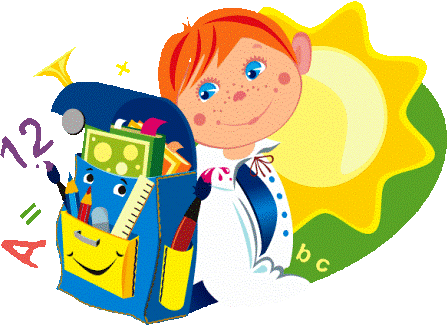Objectives:
• to develop students' reading, writing and speaking skills
• to introduce the use of Indirect speech
Warm up
Comment on the sayings: It's never too late to learn Live and learn
A word is enough for the wise
What other sayings dealing with knowledge and education do you know?
Reading
Read the text and answer the questions.
A LETTER FROM IPSWICH
John Searle from Ipswich is writing a letter to his Ukrainian friend in
Kharkiv.
13, St. Anrew's
Lane Ipswich Apri25,2008 Dear Artem,
Thanks for the letter telling me about your school. I'm sending you a
copy of my timetable. As you can see, it's a bit different from yours. I'll try
to explain what it all means. Take today, for example.
We started with assembly at 9.10. This mean we all go down to the hall
and the head master gives us som new s about the scjool — and his usual complaints.
Then we sing some songs.
Then we had R.E. — religious education — with Mrs Halloway We talk about
the Bible and Jesus and things. Then French with Mr Lankin. That's boring. He
says I speak French which doesn't seem to be French! After two lessons we have
a break — we usually play football in the playground. Then two more lessons:
today it was English with Mr White. That's fun! We're reading some detective
stories at the moment.
At 12.10 we have lunch. The food is made in the school kitchen.
After lunch we have more lessons, but on Wednesdays we have sports. I'm
in the school rugby team, so most of the time tody we practiced. Others played
football and hockey. Next week we have cricket and athletics.
I'll have to stop now. I'll write and tell another time about the
othersubjects we have. Can you send me a picture of your school?
Youe pen-friend John
Discuss the reading.
1. What do you
think Artem wrote to John about his school?
2. Discuss whether
there is something good in John's timetable?
3. John writes that
his English lessons are fun. About what lessons in your school can you say
"That's fun"? Why?
Writing
Writing Strategies: A) Presentation
The appearance of the letter is very important. The letter should not
only be interesting to read but attractive and inviting to the eye.
Parts of a letter
1. THE HEADING (your address and date)
2. THE SALUTATION (your complimentary dreeting)
3. THE BODY OF THE LETTER (your message)
4. THE CLOSE (your complimentary "good-bye")
5. THE SIGNATURE (should be in pen and lik, and legible!)
THE HEADING. Place it at least one inch from the top edge of the sheet.
The correct form is: April 25, 2008. A comma should be put between the
day of the month and the year, to separate the numerals and prevent confusion.
THE SALUTATION. It is ti be written at the left-hand sode of the lsheet
and about half an inchbelow the heading. Personal letters: informal: Dear John
Dear Mary
to close friends: My dear John My dear Mary
THE BODY OF THE LETTER. In writing the body of the letter, start a new
paragraph every time you change to a new subject.
The length of the letter is not important. It may be a short letter, full
of news.
THE CLOSE. It is the complimentary "good-bye" before you sign
your name and slip the letter into its envelope.
Informal social notes, friendly correspondence: Sincerely yours, Yours
very sincerely, Sincerely,
Always sincerely yours,
Letters to close friends and relatives:
Lovingly yours,
Love,
THE SIGNATURE In friendly correspondence: Yours very sincerely, Tom.
B) Work in groups.
The students write an aswer to John about their school.
Grammar
Presentation.
Let us put some sentences and see the difference between DIRECT AND
INDIRECT SPEECH.
DIRECT SPEECH: I'm in the classroom and I'm writing. I'll go out and
play.
INDIRECT SPEECH: The boy said that he was in the classroom and he was
writing. The boy said that he would go about and play.
Homework
As a newspaper reporter, write a not to your paper retelling the
dialogue between Mr. Anderson and Mr. Sushko in Indirect Speech (5—7
sentences).
| 
